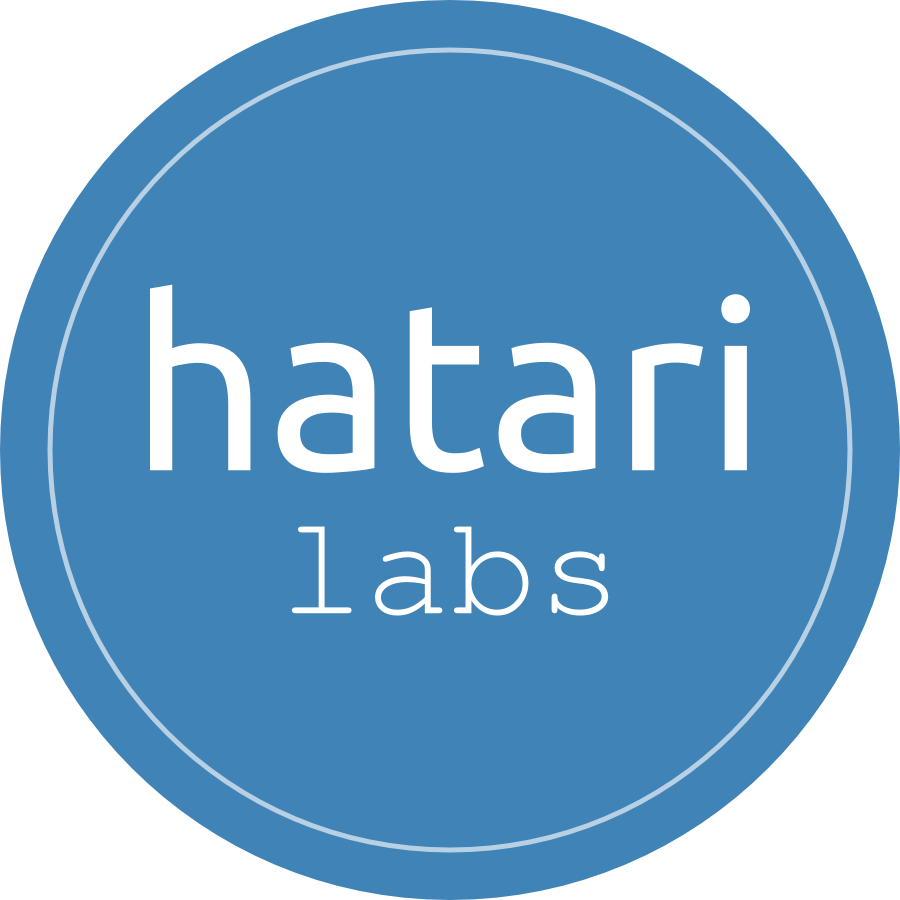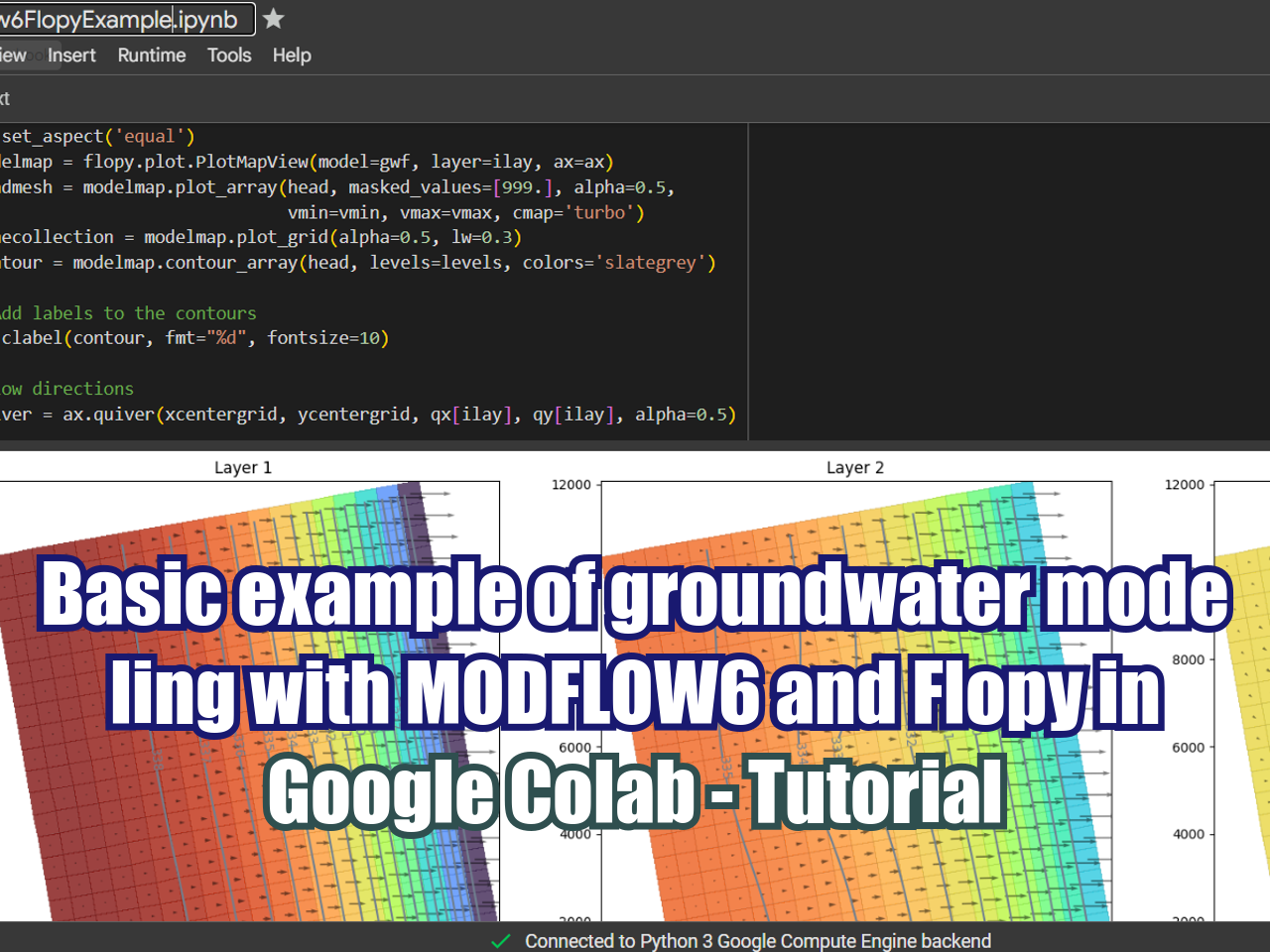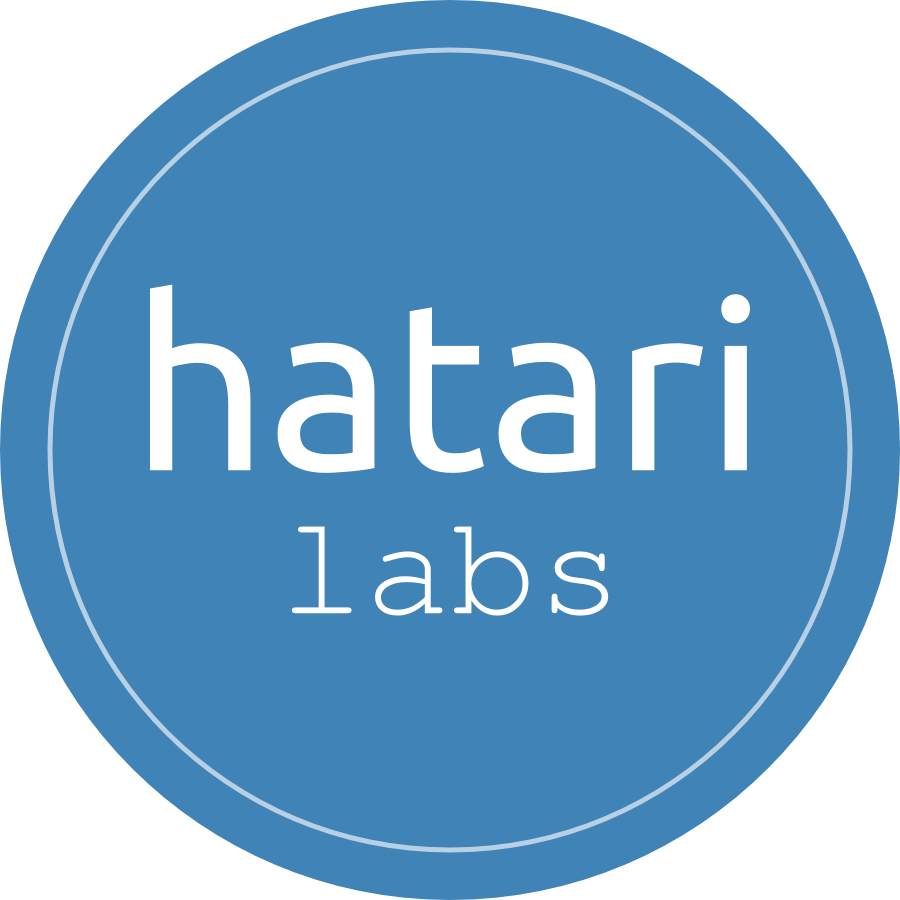For geologists, hydrogeologists, geostatistics, petroleum engineers, and other related professionals the choice for 3D geological modeling software was related to expensive and restrictive software that was in fact a “de facto” choice in several companies and institutions.
Although it is a choice of any company or professional to select the software anyone will use to model the geological units, a great gap subsides (using a geological term) on the use of this expensive software. If the software is expensive, how expensive will it be to get trained on this software? If few people have skills with certain software, how easy would it be to change to another software? How people can assess the quality of one software if they have no full capability on managing several softwares. As you have seen, restrictions on the licenses lead to these subsiding gaps, faults on quality, and an intrusion of professional ignorance.
Read More























